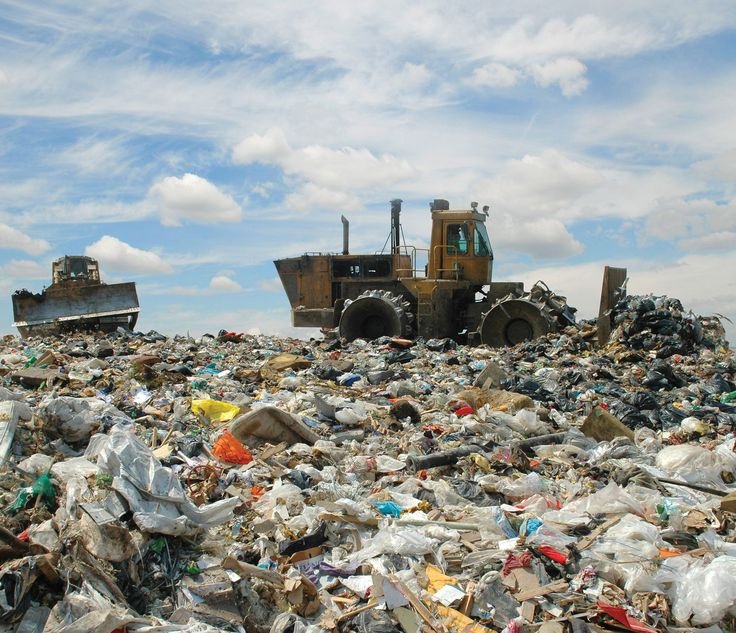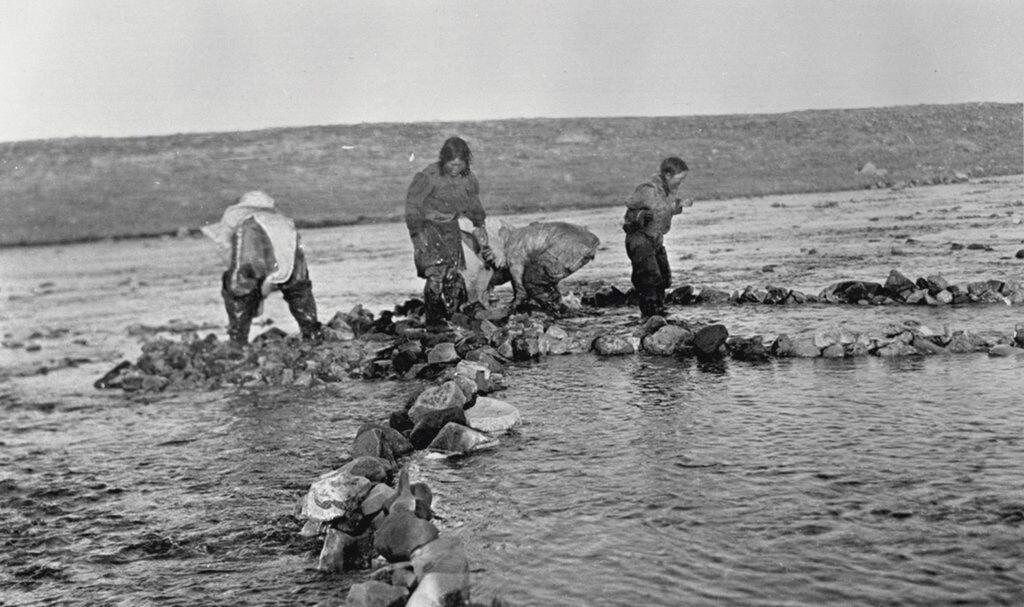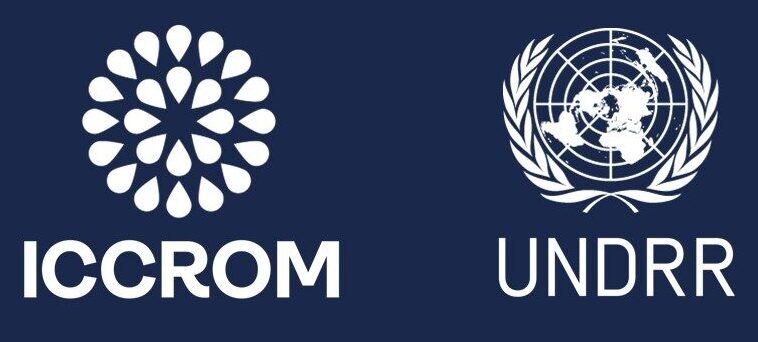Environmental Contamination
Environmental contamination is the presence of harmful substances or energies in the natural environment that can adversely affect the health and well-being of humans and other living organisms, as well as the ecological functions and processes(www.byjus.com).
Environmental contamination can be caused by catastrophic events, such as volcanic eruptions, wildfires, and floods, or slow hazards like climate change, industrial production, agricultural practices, mining, waste disposal, or warfare (SAHAY, 2023).

Types of Environmental Contamination
Air contamination
This is the pollution of the atmosphere by substances or energies that can reduce the air quality and cause health problems, climate change, acid rain, and ozone depletion. Some of the sources of air contamination are fossil fuel combustion, vehicle emissions, industrial processes, biomass burning, and volcanic eruptions (Rasiq Ahmad Mir, 2023).
Water contamination
This is the pollution of water bodies, such as rivers, lakes, oceans, and groundwater, by substances or energies that can affect the water quality and availability, and harm aquatic life, human health, and ecosystems. Some of the sources of water contamination are sewage discharge, agricultural runoff, industrial effluents, oil spills, and radioactive waste (Nathanson, 2024).
Soil contamination
This is the pollution of soil by substances or energies that can alter the soil properties and functions, and affect the growth of plants, the health of animals, and the quality of food. Some of the sources of soil contamination are pesticides, fertilizers, heavy metals, organic chemicals, and landfills (UNDRR, 2017).
Apart from these major issues environmental contamination also includes noise, light, thermal and radiation contamination (UNDRR, 2017)
Examples of Traditional and Indigenous knowledge
- In Rajasthan, India, several traditional rainwater harvesting systems have been developed by the locals, such as Bawari, Jhalara, Talab, Nadi, Taanka, Khadin, Kund and Johad. These systems are based on indigenous knowledge and traditional practices to manage and conserve water resources in a region that suffers from chronic water scarcity (Aubrey, Celidwen, & Hill, 2023).

- The Inuit in the Arctic have observed and documented the changes in ice, snow, and wildlife, and have adjusted their hunting and fishing practices accordingly (UN, 2021).

References
Aubrey, P., Celidwen, Y., & Hill, K. (2023). Indigenous Peoples: Traditional knowledges, climate change, and health. Retrieved from PLOS: https://www.bing.com/search?q=types+of+volcano&qs=ds&form=CONVAJ&showconv=1
Nathanson, J. (2024). pollution. Retrieved from Britannica: https://www.britannica.com/science/pollution-environment
Rasiq Ahmad Mir, A. G. (2023). Types of Environmental Pollution and Its Effects on the Environment and Society. Retrieved from Geospatial Analytics for Environmental Pollution Modeling: https://link.springer.com/chapter/10.1007/978-3-031-45300-7_1
SAHAY, A. (2023). Types of Environmental Pollution: Sources, Causes, Effects, Solutions. Retrieved from EMBIBE: https://www.embibe.com/exams/types-of-environmental-pollution/
UN(2021). Challenges and Opportunities for Indigenous Peoples’ Sustainability. Retrieved from Challenges and Opportunities for Indigenous Peoples’ Sustainability: https://www.un.org/development/desa/dspd/2021/04/indigenous-peoples-sustainability/
UN(2021). How indigenous knowledge can help prevent environmental crises. Retrieved from ENVIRONMENTAL RIGHTS AND GOVERNANCE: https://www.unep.org/news-and-stories/story/how-indigenous-knowledge-can-help-prevent-environmental-crises
UNDRR. (2017). Disaster Risk Reduction Terminology. Retrieved from The Disaster Risk Reduction (DRR) Glossary: https://www.undrr.org/drr-glossary/terminology
https://byjus.com/biology/types-of-pollution/
https://www.embibe.com/exams/types-of-environmental-pollution/
https://link.springer.com/chapter/10.1007/978-3-031-45300-7_1
